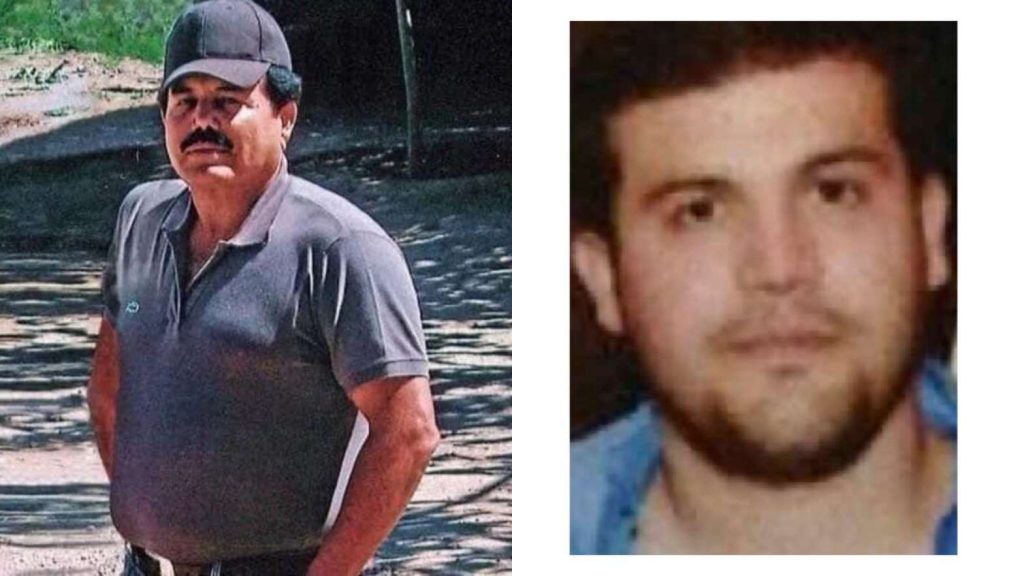
Superior Semicircular Canal Dehiscence Surgery
Superior Semicircular Canal Dehiscence is a disease caused by a hole in the bone that envelops the superior semicircular canal in the inner ear. A healthy person already has two holes. Sound waves are transmitted through these holes. SSCD leads to another hole or window in the inner ear, which triggers many problems. This syndrome leads to hearing loss, unsteadiness, and sensory symptoms. One of the most experienced superior semicircular canal dehiscence symptoms is that the internal sounds of the patient’s body are strangely amplified.
Even though this syndrome may occur in early ages and small children may have this superior semicircular canal syndrome but the symptoms usually start appearing in the middle age. It has been observed that almost 1-2% of the population has unusually thin bone over the superior semicircular canal. In rare cases, the syndrome may not show any symptoms at all.
Table of Contents
Superior Semicircular Canal Dehiscence Symptoms
The human body has been created in a perfect way and its mechanism produces perfect results if it functions as it is expected to be. The thinning or the absence of the bone in the ear that causes that extra hole results in many abnormalities and difficulties in a person’s day to day life. Its major symptoms include amplified sounds of one’s own internal body such as heartbeat, eye movements, or breathing. Hearing loss is another common symptom faced by many patients.
The exact cause of superior semicircular canal dehiscence is unknown. Some people believe it to be congenital while some insist that the disease develops over the years.
Some common symptoms are:
- Vertigo
- Hearing Loss
- Disequilibrium
- Fatigue
- Headaches
- Tinnitus
- Pressure Sensitivity
- Sound Sensitivity
- Oscillopsia (Stationary things appears moving)
Vertigo and oscillopsia are the symptoms that can get triggered through normal activities like sneezing, coughing, or, listening to loud sounds. Sometimes lifting heavy things or doing strenuous tasks may also trigger superior semicircular canal dehiscence symptoms.
Superior Semicircular Canal Dehiscence Diagnosis
It is nearly impossible to diagnose superior semicircular canal syndrome until the patient shows its symptom(s). The primary diagnosis is made by analysing the eye movements in the presence of loud sounds and pressure.
When you consult a doctor, the doctor will examine and ask you questions regarding the symptoms that you’re experiencing. He may also ask if you have any history of a trauma or family disease. After getting the answers, the doctor would need you to go through a test called videonystagmography (VNG).
Videonystagmography test is done to analyse your eye movements. The eye movements help in identifying the level of problem with your sense of balance. The patient is made to wear goggles and the eyes and ears are subjected to different elements such as loud noises and water. The doctor may also change the temperature of the environment to analyse the shift in your eye movements.
After VNG, a patient is usually asked for another test called vestibular evoked myogenic potentials, generally known as VEMP. VEMP test actually observes your muscles at the back of the neck and its reflexes in response to any sound. The test is done by putting an electrode on the muscle and a monitor shows the responses. Then you will be made to listen to a range of different sounds and tones. The doctor observes the results on a monitor.
If a patient is found to have superior semicircular canal syndrome, he/she is then advised to go for a CT scan to confirm the presence of the third hole. The CT scan gives an entire image of the inner ear from different angles.
Superior Semicircular Canal Dehiscence Treatment
If you have a minor symptom which is not causing irregularity in your normal life, you may choose to avoid it. The patients who are facing hearing loss may be recommended to use hearing aid by doctors. But if the triggers and symptoms are major, like if you are experiencing vertigo, oscillopsia, balance issues, pressure sensitivity, etc. your doctor may ask you to have surgery. The primary goal of the superior semicircular canal dehiscence surgery is to repair the third hole in the inner ear and minimize the triggers and discomfort.
Now there are two types of surgeries that you may undergo to treat SSCD.
- Transmastoid: Transmastoid approach implies the route to reach the inner ear. In this surgery, the third window in the superior bone is repaired through plugging. Transmastoid approach doesn’t give a clear view of dehiscence to the surgeon. But this is the only disadvantage of this approach. Transmastoid approach involves reduced risk of cerebrospinal fluid leakage. Also, through this approach, craniotomy, where bone from the skull needs to be removed in order to uncover the brain, can be avoided. However, this approach does not offer a clear visual of the dehiscence. There is a risk of injuring vestibular and cochlear structures. This may result in permanent hearing loss.
- Middle Fossa Craniotomy: As the name suggests, this approach definitely requires the surgeon to remove a bone from the skull to reveal the brain. It gives a clear view of the dehiscence and makes the surgery more accurate. Middle fossa craniotomy is helpful in canal repair through plugging, resurfacing or capping. The vestibular issues can be effectively minimized through this approach. This approach has a lower risk of hearing loss. But there is a higher risk of brain retraction as the removed bone needs to be replaced after the surgery.
The objective of the surgery is to seal the third window. Resurfacing can’t be done through the transmastoid approach, whereas plugging can be done by both the transmastoid approach and the middle fossa craniotomy. The type of superior semicircular canal dehiscence surgery which is suggested may vary from patient to patient. Both kinds of surgeries involve different types of risks. But most of the patients have reported feeling improvement in their problems after the superior semicircular canal dehiscence treatment.
Vestibular Rehabilitation Therapy
Vestibular rehabilitation therapy is recommended after surgical treatment. This therapy majorly focuses on recovering visual stability and balance. It also helps cure vertigo and unsteadiness. This therapy includes certain exercises and activities after superior semicircular canal dehiscence treatment. Exercising regularly even for short periods in a day may help a patient recover from vestibular issues.
March 24, 2020

















